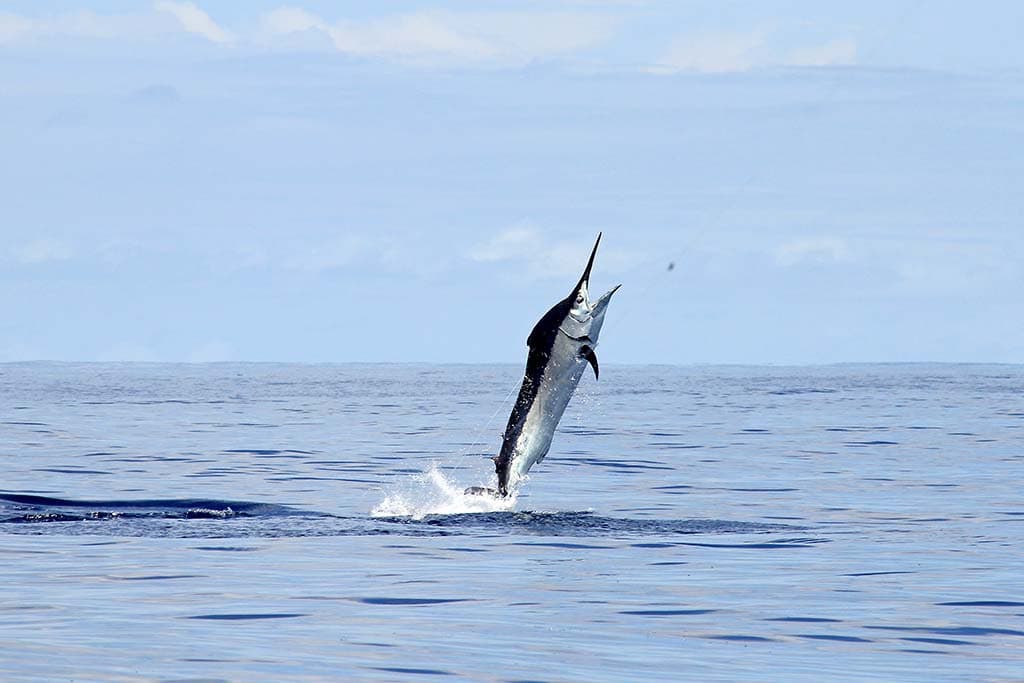Understanding the Differences Between Blue Marlin and Other Marlin Species
Related reading
Experience the Best Fishing Charters in Brazil at Nervous Marlin
Blog post about fishing charters brazil
Fishing Tourism Brazil: Unforgettable Blue Marlin Adventures in Bahia
Blog post about fishing tourism brazil
Unleash Your Adventure: The Ultimate Guide to Game Fishing in South America
Blog post about game fishing south america
Understanding the Differences Between Blue Marlin and Other Marlin Species
Marlin fishing is an exhilarating sport, eagerly pursued by anglers from around the globe. However, not all marlins are crafted equal. The Blue Marlin, famous for its majestic appearance and thrilling fight, stands apart from its marlin cousins. In this guide, we'll explore the key differences between the Blue Marlin and other marlin species, focusing on their physical characteristics, habitats, and fishing techniques.
Physical Characteristics: Size and Color
The Blue Marlin is renowned for its impressive size and striking appearance. Females are significantly larger than males, reaching up to 14 feet in length and weighing over 1,000 pounds. The most striking feature of the Blue Marlin is its cobalt-blue upper body and silvery-white belly, accompanied by a long, sharp bill. Conversely, other marlin species, such as the White Marlin, are smaller and have a more subdued coloration, with subtle blues and greens.
Habitat and Distribution
Blue Marlins are often found in the tropical and subtropical waters of the Atlantic and Pacific Oceans. Their preference for warm currents often leads them to areas like the coast of Bahia, Brazil, making Arraial d'Ajuda an ideal location for spotting these magnificent fish. Other marlin species, such as the Black Marlin, are typically found in the Indian and Pacific Oceans, preferring slightly different water temperatures and depths.
Fishing Techniques: The Ultimate Challenge
Catching a Blue Marlin is the pinnacle of sport fishing due to its size, strength, and agility. Anglers often use trolling methods with artificial lures, relying on heavy-duty tackle to withstand the powerful marlin's fight. In comparison, catching a White Marlin requires different techniques, often involving lighter tackle and bait fish. Understanding these differences is crucial to successful marlin fishing and respecting these incredible creatures.
Conservation and Respect
Preserving marlin populations is essential for maintaining biodiversity and allowing future generations of anglers to experience their thrill. Many marlin species face pressure from overfishing and environmental changes. It's important to practice catch-and-release and adhere to regulations, helping ensure the sustainability of marlin populations for the future.
At Nervous Marlin, we are passionate about sharing our knowledge of Blue Marlin and other marlins with fishing enthusiasts. Whether you're an experienced angler or looking to try your hand at marlin fishing for the first time, understanding these species' unique aspects can enhance your experience and appreciation for the ocean's wonders.

